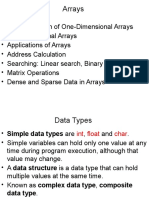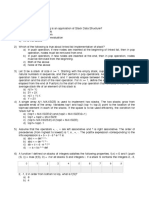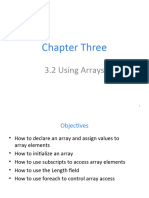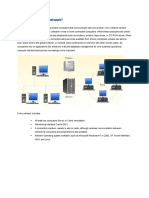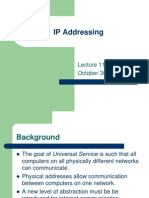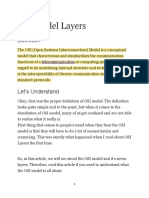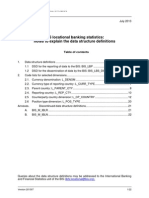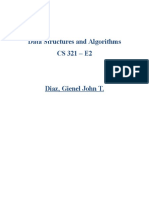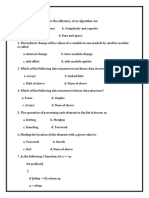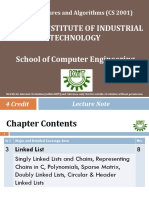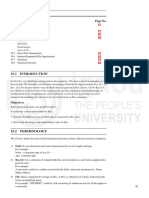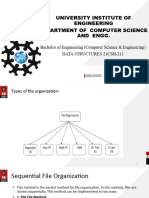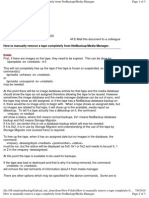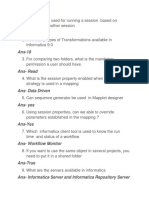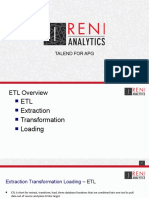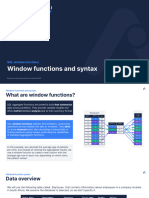0% found this document useful (0 votes)
207 views36 pagesData Structure Lecture 1
This document provides an introduction to the course on data structures. It discusses how data organization is important for efficient problem solving. The course will cover common data structures like arrays, linked lists, stacks, queues, trees and graphs as well as their implementation. Students will be graded based on midterm, final exams, assignments and quizzes. The document also discusses the need for data structures to organize data efficiently, different ways of organizing data physically and various file organizations like sequential, direct and index sequential files.
Uploaded by
bilal ahmadCopyright
© © All Rights Reserved
We take content rights seriously. If you suspect this is your content, claim it here.
Available Formats
Download as PPT, PDF, TXT or read online on Scribd
0% found this document useful (0 votes)
207 views36 pagesData Structure Lecture 1
This document provides an introduction to the course on data structures. It discusses how data organization is important for efficient problem solving. The course will cover common data structures like arrays, linked lists, stacks, queues, trees and graphs as well as their implementation. Students will be graded based on midterm, final exams, assignments and quizzes. The document also discusses the need for data structures to organize data efficiently, different ways of organizing data physically and various file organizations like sequential, direct and index sequential files.
Uploaded by
bilal ahmadCopyright
© © All Rights Reserved
We take content rights seriously. If you suspect this is your content, claim it here.
Available Formats
Download as PPT, PDF, TXT or read online on Scribd
/ 36




